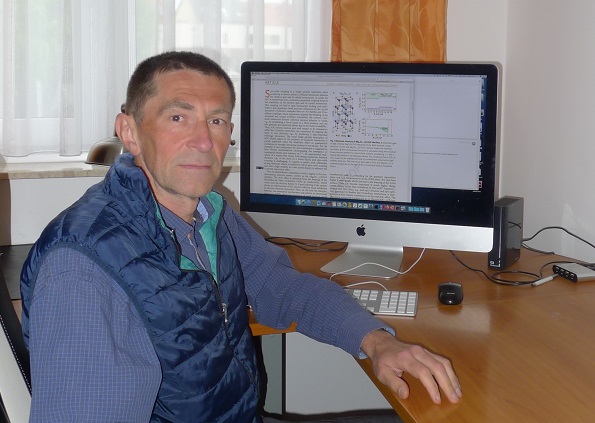While we know that insulators do not conduct electricity, say you still try putting two insulators together? Lo and behold they can conduct electricity, but only in certain exceptional cases.

A thin metal layer contained in certain insulators can facilitate electron movement over long distances and without scattering. To the surprise of researchers at Riken Laboratories in Japan and at the Johannes Kepler University Linz, electron movement seems to depend on the electrons’ magnetic properties.
In general, an insulator basically hinders the flow of current. Both the insulator ZnO (i.e. a component found in zinc ointment, light-emitting diodes, and solar cells) and ZnMgO (ZnO strengthened with magnesium) do their jobs well. However, put them together and current will flow between these two strong insulators, even though it should not. While this effect in certain insulators has been no secret over the past 15 years, the electron movement has always been regarded as amazing phenomena. These phenomena were the subject of a collaboration effort between scientists in Japan (Riken Laboratory), the JKU (Department of Many-Particle Systems), Poland (Rzeszów University of Technology), and Spain (University of Bilbao).
JKU department head Prof. Arthur Ernst explains: "Contact between these two insulators results in an atom-thin layer of metal." Metal is known to conduct electricity. Similar effects have been known for some time and have been demonstrated at the interface of certain insulators. What scientists have not yet explored, however, are the currents’ properties. The current is actually a flow of electrons moving within this layer. Electrons have their own magnetic moments called spins. The international research team has succeeded in showing that this motion is strongly correlated by an interplay of the Coulomb interaction and the electron spins.
Prof. Ernst and his team have now come up with a precise explanation for the effect: "We have succeeded in mathematically confirming and describing the effect." The team has developed a so-called quasiparticle model to mathematically describe the effect. The model enables JKU physicists to even predict what kinds of materials could contain similar effects. Prof. Ernst added, "Our colleagues in Japan are currently testing these predictions." Better still, "In theory, our methods would allow us to propose new materials that could control this motion." This mechanism serves as a basis to develop new devices in spin electronics. Spin electronics is a new field of research in the area of nanoelectronics.
Proof of Superconductivity
The discovery has now been published in Nature Communications under the title "Interplay of Spin-Orbit Coupling and Coulomb Interaction in ZnO-Based Electron System" and has great potential. "When it comes to new spin electronics and new transistors, our discovery pushes the door wide open." Developed concepts can be applied to other materials. Systems in which electrons can move without any resistance are particularly impressive. There is already evidence of superconducting capabilities at the interface between particular insulators. Superconductors are materials whose electrical resistance approaches zero when the temperature drops below a certain level. Technical applications of superconductivity include the generation of strong magnetic fields for particle accelerators, nuclear fusion reactors, magnetic resonance imaging, levitation, and measurement, and energy technology.
The thing that pleases Prof. Ernst the most is that "… this work has helped us better understand just what is going on with the electrons contained in the insulators. In regard to our research, I believe I really made good use of my time working from home!"








